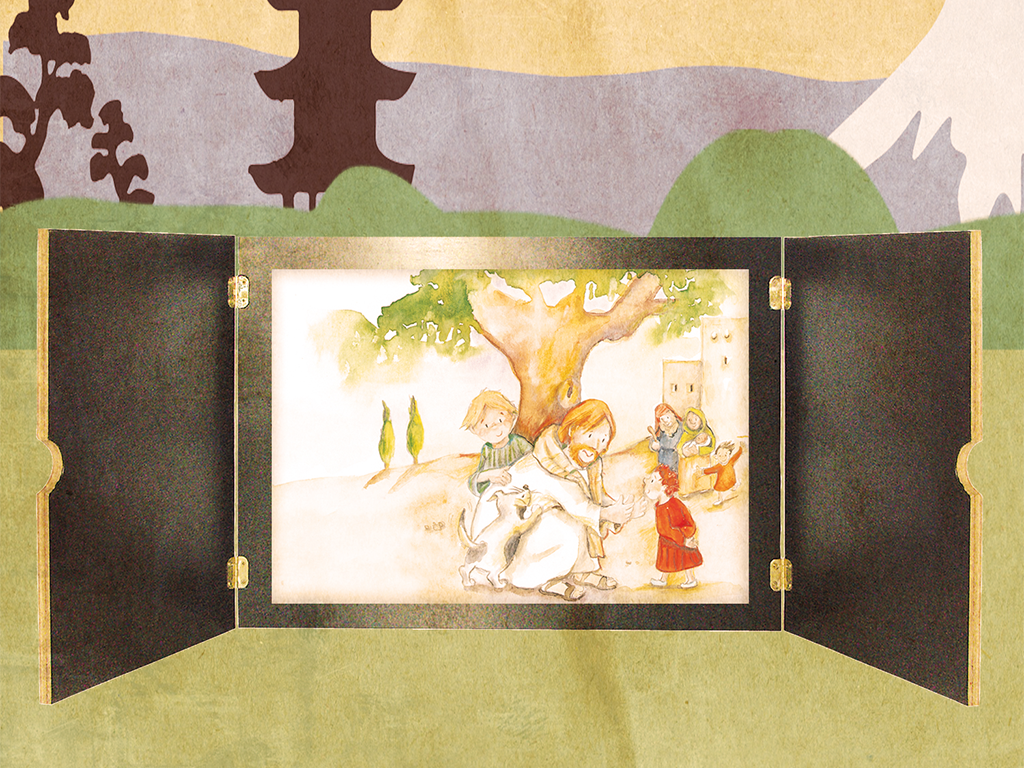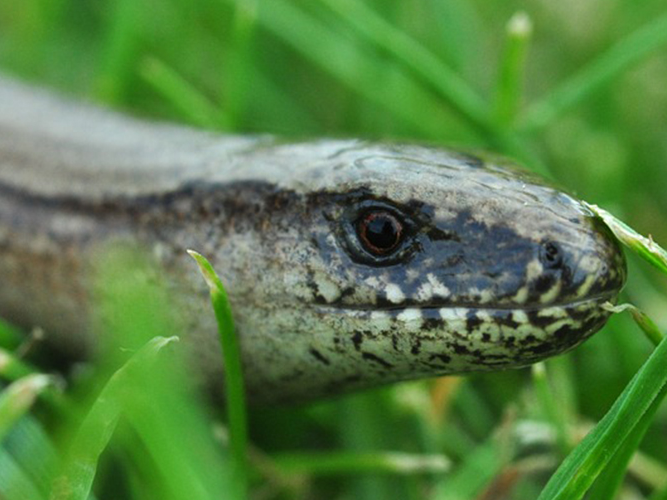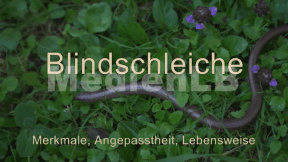

55501348
Bewegung, Ernährung, Gesundheit
Für den Unterrichtempfohlen
In unserem Arbeitsheft Gesundheit 4-7, Vol. 1 – Bewegung, Ernährung, Gesundheit finden Sie 50 interaktive und didaktisch aufbereitete Aufgaben.
In interaktiven Aufgaben wird ein Schwerpunkt auf das Thema Ernährung gelegt und die Grundbausteine der Nahrung, deren Verteilung in der Ernährungspyramide in interaktiven Videos vermittelt und mit interaktiven Aufgaben vertieft wird. Nahrungsmittelunverträglichkeiten und Diabetes sind der zweite Schwerpunkt der Aufgabensammlung. Eine Besonderheit sind die zehn „Aktiven Videos“, in denen Lehrkräfte Anregungen für Bewegungspausen finden, die
von den Schülerinnen und Schülern im Klassenzimmer umgesetzt werden können.
Durch interaktive Aufgabentypen wird das audiovisuelle und interaktive Lernen einfach.
Lernen macht jetzt Spaß!

Included Tasks
- 1. Aufwärmen - Aktives Video
- 2. Frühstück - Wortsuche
- 3. Müsli - Gesund und nahrhaft - Interaktives Video
- 4. Lebensmittel - Finde die Bildpaare
- 5. Die Ernährungspyramide - Interaktives Video
- 6. Grundbausteine der Ernährung - Interaktives Video
- 7. Mittagessen - Interaktives Video
- 8. Vegan
- Vegetarisch
- Fleischesser - Interaktive Aufgabe
- 9. Kohlenhydrate - Lückentext
- 10. Riese und Zwerg - Aktives Video
- 11. Lebensmittelgruppen - Interaktive Aufgaben
- 12. Süß und sauer - Bildzuordnung
- 13. Ernährungspyramide - Interaktive Aufgabe
- 14. Bewegung fördert die Verdauung - Interaktives Video
- 15. Nahrungsmittel - Bildkarten
- 16. Kräftigung der Beinmuskulatur - Aktives Video
- 17. Kräftigung der Bauch- und Rückenmuskulatur - Aktives Video
- 18. Dehnübungen - Aktives Video
- 19. Nahrungsmittelunverträglichkeiten - Interaktives Video
- 20. Nahrungsmittelunverträglichkeiten - Wortsuche
- 21. Laktoseunverträglichkeit - Interaktive Aufgabe
- 22. Laktoseunverträglichkeit - Interaktives Video
- 23. Milchprodukte vertrage ich nicht - Lückentext
- 24. Ist da Laktose drin? - Interaktive Aufgabe
- 25. Unverträglichkeit oder Allergie? - Interaktive Aufgabe
- 26. Nahrungsmittelunverträglichkeiten - Video mit Aufgaben
- 27. Was ist Zöliakie? - Interaktives Video
- 28. Leben mit Zöliakie - Interaktives Video
- 30. Zöliakie - Interaktive Aufgabe 30. Weizenmehl vertrage ich nicht - Lückentext
- 31. Eiweiß - Lückentext
- 32. Fruktoseunverträglichkeit - Interaktive Aufgabe
- 33. Fruchtzucker vertrage ich nicht - Lückentext
- 34. Kräftigung der Armmuskulatur - Aktives Video
- 35. Zappelphilipp - Aktives Video
- 36. Sprungfeder - Aktives Video
- 37. Gefahrenquelle Zucker - Interaktives Video
- 38. Gute und schlechte Getränke - Interaktives Video
- 39. Radieschen oder Nutella? - Interaktives Video
- 40. Ernährung bei Diabetes - Interaktives Video
- 41. Zucker - Lückentext
- 42. Mechanismen des Typ-1-Diabetes - Interaktives Video
- 43. Insulin - Interaktive Aufgaben
- 44. Reagieren bei Unterzuckerung - Interaktive Aufgaben und Video
- 45. Der Zuckerhaushalt des menschlichen Körpers - Interaktives Video
- 46. Die "Zuckerkrankheit" - Interaktive Aufgaben
- 47. Unterzuckerung - Lückentext
- 48. Bewegung gegen Diabetes - Video und Lückentext
- 49. Linealgymnastik - Aktives Video
- 50. 30 Sekunden Supersportler - Aktives Video
Curriculum-centred and oriented towards educational standards
Matching
Kamishibai
We spend a large part of our lives telling stories. Stories we read, listen to, watch – or tell others ourselves.
Slow Worm
The slow worm is a small, completely harmless lizard, which – contrary to its German name “Blindschleiche”– is perfectly able to see and is often mistaken for a snake because it has no legs and an elongated body. The German name is presumably derived from the Old High German word “Plintslicho”, which means “blinding sneaker”. This probably refers to the pretty, shining skin surface of the slow worm.









